- Camping Tips
- Hiking Tips
- RV Camping
- Destinations
- Gear Reviews
- Blog
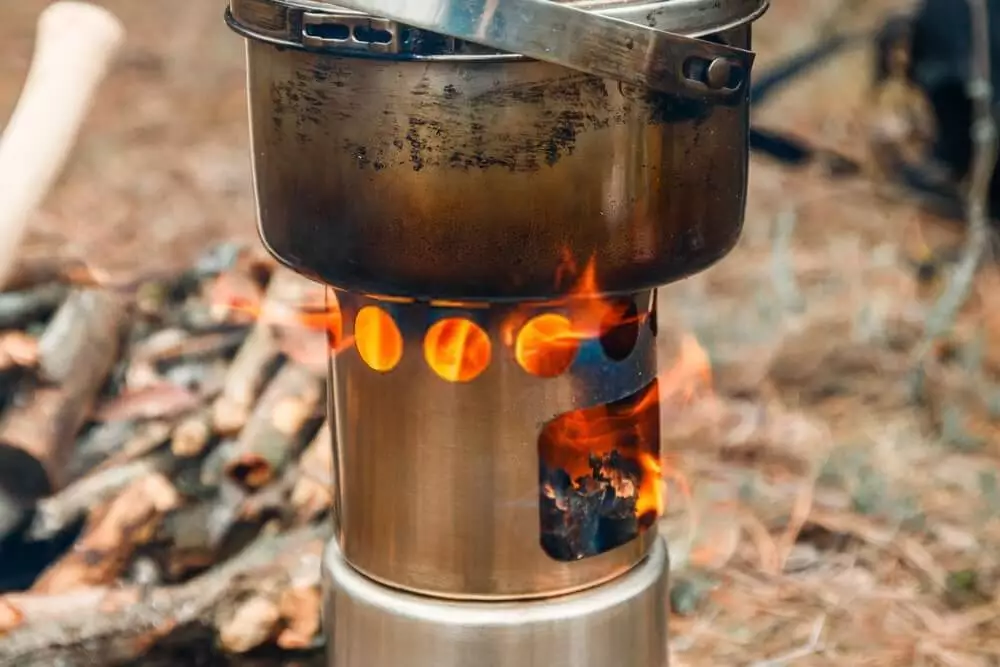
Don’t you just love that feeling when preparing for outdoor activities like camping and backpacking. Most times you’ll find a fire pit at one of the campsites, but what happens when there isn’t one available?
Part of the camping experience includes having proper shelter from the elements and a place to relax. A tent is the critical piece of equipment that will do just that. However, making sure your tent is in good condition ready for the next camping season is an important step before planning your trip.
What about being out there backpacking looking forward to a warm campfire to cook up a delicious meal or just reduce that chill? Having a reliable heating and cooking source can be critical.
Portable wood burning stoves have become more and more popular with camping and backpacking enthusiasts. You can find the stoves very eco-friendly, versatile, convenient and a wonderful added piece of equipment for your heating needs.
We will explore the various types of stoves, as well as some factors to consider when making a purchase. Are they convenient? What are their benefits? What tips to consider when using a portable wood burning stove safely and efficiently?
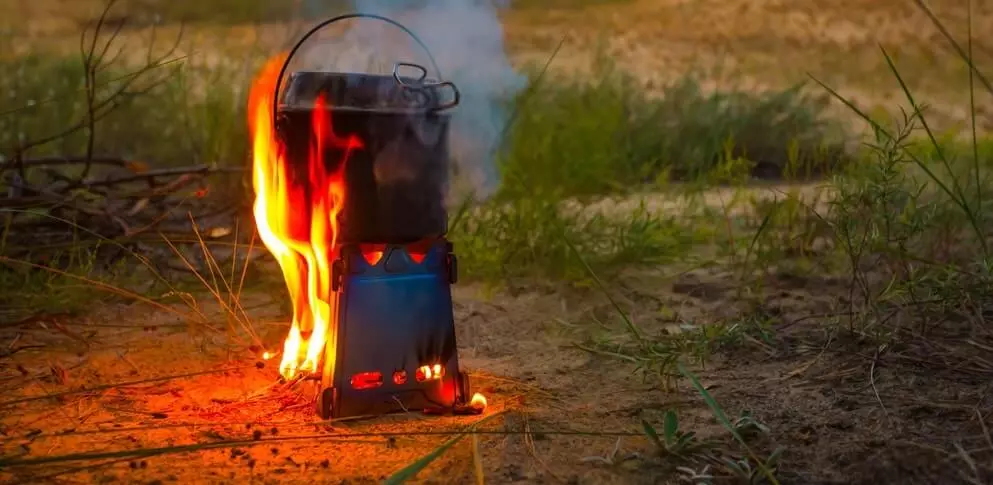
There are many different types of portable stoves on the market, but for wood burning, the three main types are traditional, multi-fuel, and gasification stoves. These stoves can range from as low as $25 to above $250.
The traditional wood burning stoves are very simple to operate with very few moving parts getting down to the basics. Wood, pine cones, sticks, leaves, and other small natural wood products are the sole source of fuel.
Most stoves are stainless steel and titanium adding to the lightweight and compact design. Some are made of cast iron, but that adds weight if you are backpacking.
The multi-fuel stoves use a variety of fuels. In addition to wood, these stoves can use charcoal, alcohol, white gas or other fuels. These stoves offer more versatility for those who want that added ability to use more sources of fuel.
A gasification stove uses a gasify process that is very clean and efficient. The stove has an inner chamber allowing the added combustion to burn off the gasses within the stove. The stove can burn so effectively that most of the wood turns to ash. This process also produces less smoke than the traditional wood burning stove.
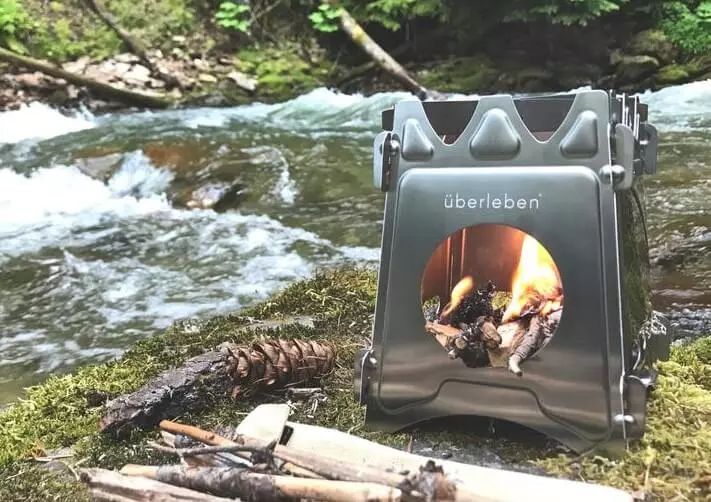
There are several factors to consider when buying a portable stove such as: Weight and Size, Cooking Capacity, Fuel Availability, Price, and Other Features.
If you are backpacking or a camper who needs the stove at the ready, weight and size will be important for sure. There are many stoves that collapse or come apart for ease of transporting then can be quickly assembled when needed. Others are cylindrical, but still lightweight.
Depending on the amount of food you want to cook at a given time will dictate the type of portable stove to buy. Whether you are a solo backpacker/camper or enjoy a larger group, the cooking capacity will direct your purchasing needs.
Having fuel available at the right time is important to consider. Be aware of the areas you wish to camp or backpack checking if there will be ample wood or other fuel sources. If there are limits to the amount of wood, a multi-fuel stove or gasification stove may be the better option.
Of course, the cost of the stove will also be a deciding factor depending on which stove is the best fit for your outdoor adventures. Some stoves can be as low as $25, but others can reach over $250. A good rule is to check your budget and compare with the features you need to find the right stove.
After reviewing these factors, you should also consider how easily the stove can be used, quick assembly or disassembly, durability, and some of the safety features involving a stable base and fire containment.
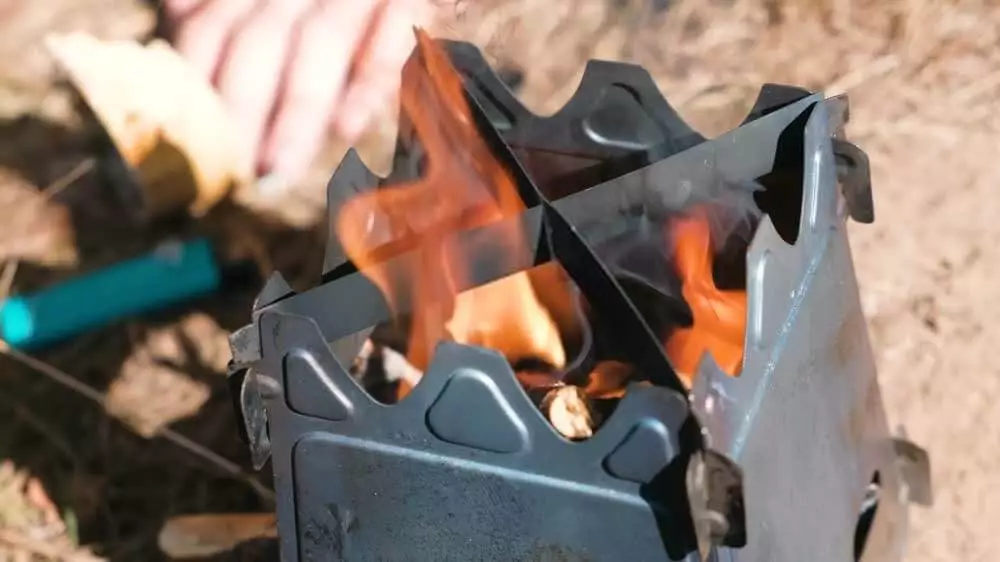
Being outdoors with minimal equipment using nature as a heat source can be rewarding. Having a portable wood burning stove can offer many benefits to backpacking and camping.
Those of use who enjoy being outdoors with nature want to preserve it as much as possible. Leave no trace is our mantra. The wood burning stove is eco-friendly using renewable and sustainable fuel producing less pollution than other forms of heating.
Wood is often readily available when camping or backpacking, as well as being free. This savings is certainly a benefit as well.
If you are concerned about not finding enough firewood, there is more versatility with the other styles of stoves. Using the multi-fuel stoves and gasification stoves give those options.
With some of the stoves, you’ll find them to be fairly lightweight and compact in design, particularly those that collapse into flat sides for easier stowing in a backpack.
As cold weather campers or backpackers, having a wood burning stove can provide more heat than other stoves.
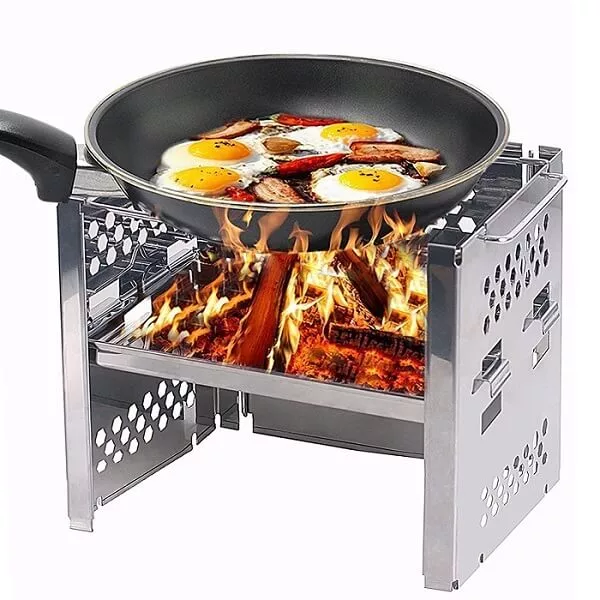
Location: Choosing the right spot for your stove will ensure safe and effective use. Be sure to look for a place where wind can be reduced, as well as clear of overgrowth, rocks or other materials that can be flammable.
Dry Wood: Wanting the fire to burn efficiently that produces less smoke will require wood that’s very dry. Check for wood on the ground that has been there and not recently fallen from a tree or wet from rain.
Build the Fire: Start small with kindling adding timber and larger pieces of wood while the flame increases in intensity. Always be careful not to put too much wood at a time as you want to have natural airflow assisting the flame.
Monitor the Fire: Always have someone keeping an eye on the fire and never leave it unattended.
Smoke: Whenever wood burns, it will cause smoke that can be irritating to the eyes. Wet wood and pinecones can increase smoke produced.
Leave no Trace: Once the fire is extinguished, properly and safely dispose of any ashes or debris leaving the campsite ready for the next camper.
Fire safety: Basic fire safety rules should be followed when using the stove. Water or sand should be available in case of an emergency and to ensure the fire is extinguished completely before leaving the campsite.
We hope these tips will help you enjoy your portable wood burning stove while practicing safety.
Nothing is better than being outdoors, finding the right campsite, and starting a fire for cooking and knocking off that chill. Sometimes it can be a challenge finding the best way to get a fire going, setting up for cooking. Fortunately, there are a few options in using a portable wood burning stove.
Eco-friendly, versatile, and convenient have added to the portable wood burning stoves’ popularity. Hopefully, this article helped give more insight into the wood burning stove option and how best to choose one and use it for your next outdoor adventure.
Be safe and enjoy nature CampingManiacs!!!
Charlie Leone
Website Owner/Editor
Welcome to CampingManiacs